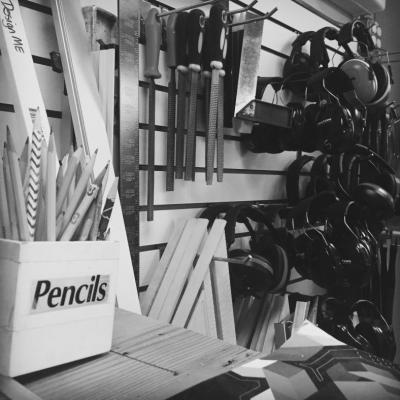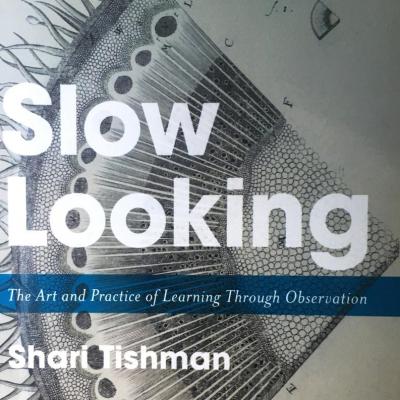
The Maker Mind: Taking a Closer Look at the Way Makers’ Minds Work
How do makers make meaning of their making? What are the cognitive capacities associated with making? Flux Foundation artists and educators Jess Hobbs and Catie Magee introduce us to the “maker mind.”

At Project Zero, one of the things we’re interested in is understanding cognition—or in other words—how the mind works. In fact, long time PZ researcher Howard Gardner is famous for investigating, identifying, and naming various kinds of “minds.” The disciplined mind, the creating mind, the synthesizing mind, the respectful mind, and the ethical mind are all part of the cognitive suite Gardner calls the Five Minds for the Future. Despite the care Gardner has taken in articulating the most essential minds for the 21st century we wonder if, perhaps, yet another mind can be added to the mix: the Maker Mind.
During our September 2012 visit to the Bay Area our colleagues at the Abundance Foundation arranged for us to have lunch with Jess Hobbs and Catie Magee, two artists who play leadership roles in the Flux Foundation, an Oakland-based not-for-profit organization that “engages people in designing and building large-scale public art as a catalyst for education, collaboration, and empowerment.” Amongst some of their large-scale sculptures have been huge productions such as “Temple of Flux,” a commissioned sculptural work installed—and later burned to the ground—at the 2010 Burning Man Festival. Flux also runs a collaborative community based education initiative known as TweetHaus “a public art + ecology project focused on citizen science, interactive learning and collaboration [that] fosters community through the design, construction and installation of bird habitats and public pathways in urban environments.”
When Jess and Catie spoke about the transformative power of participating in maker-oriented projects, they frequently refereed to the “maker mind.” When pushed to describe the maker mind, Jess offered the following:
I think it’s the ability to see beyond yourself and what can be accomplished [that] kind of pushes you into this really amazing space that you let go of some of the tenets of, you know, your logic mind going, “this is who you are, this is what you do, this is what you can achieve.” Then you’re pushed into this maker mind.… which has this ability to kind of combine your logic mind and your creative mind to drive you into seeing beyond the rules you’ve already imposed upon yourself. And when people get pushed into this space, things loosen up.
When Jess invokes the idea of the maker mind, she’s referring to the dispositions, habits of mind, and overall cognitive capacities that are correlated (or potentially correlated) with the mental processes of makers. This is exciting stuff for us! But before we get carried away, it’s important to take a step back to think for a moment and ask ourselves a few questions: If there is such a thing as a “maker mind,” what might be the full range of cognitive capacities that are associated with such a mind? And… How might we develop empirical studies to help us best understand and most clearly articulate how maker minds work?
While we’re asking ourselves these questions, we’re also curious to know what you think. Do you likewise believe there may be such a thing as the “maker mind?” If so, what do you feel are some of the dispositions, habits of mind, and cognitive characteristics associated with such a mind? How might you design a study to observe such difficult to see cognitive structures?






